The construction of national parks is Tibet’s "great country"
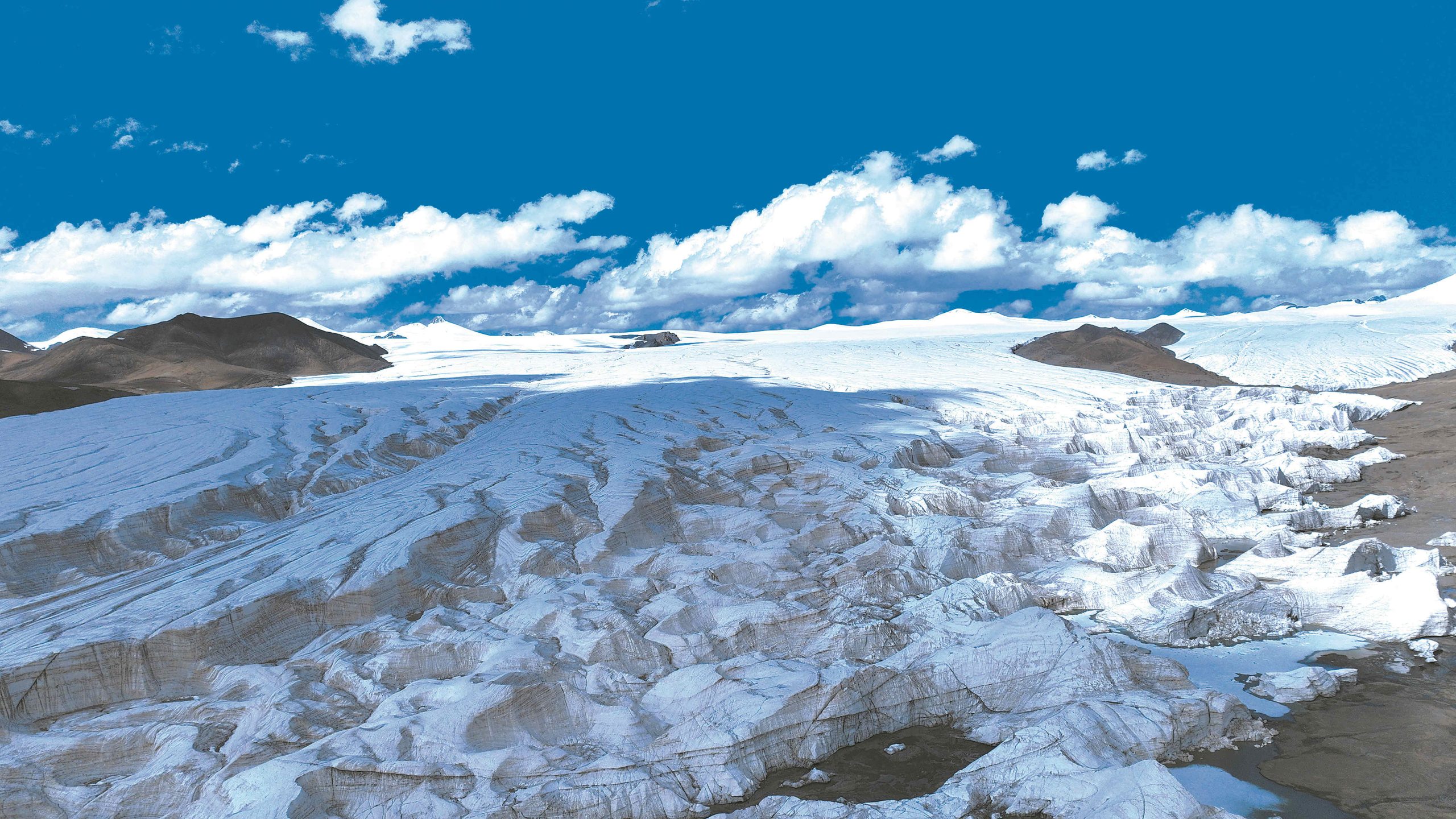
Photo courtesy of Tibet Forestry and Grass Bureau of Puruogangri Glacier in Qiangtang National Park Creation Area
Tibet is an important national ecological security barrier, with almost all types of terrestrial ecosystems. Protecting Tibet’s ecological environment is beneficial to the future and the world.
Tibet has included all the areas with the most important ecosystem, the most unique natural landscape, the most essence of natural heritage and the richest biodiversity into the candidate areas of national parks. These areas are also the carriers of the national ecological security pattern of "two screens and three belts" and the important ecological protection and restoration projects of "three areas and four belts", which are of great significance for building the ecological barrier of the Qinghai-Tibet Plateau, protecting the ecological security of China, even Asia and even the world, coping with climate change and protecting biodiversity.
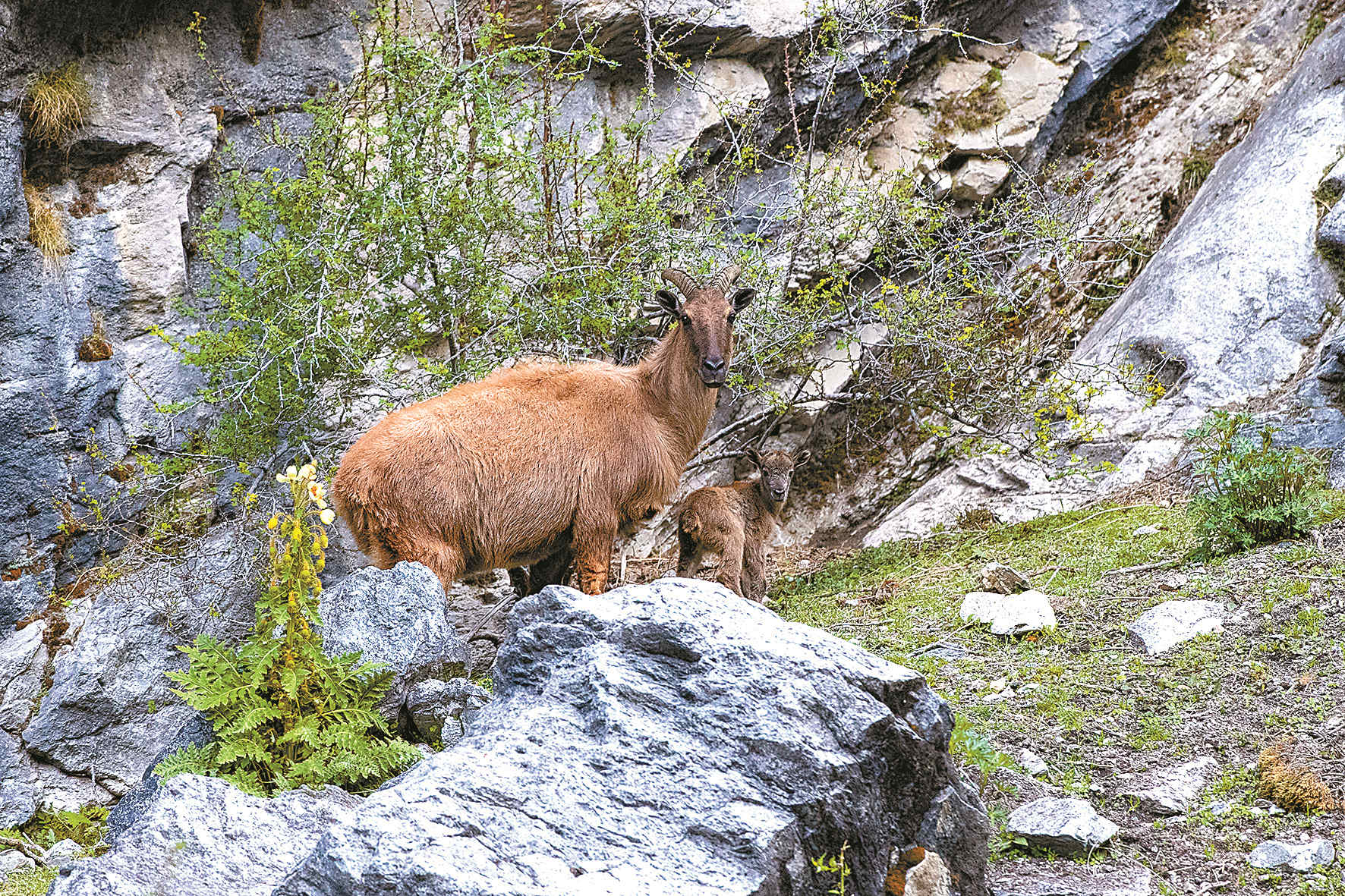
Photo by Peng Jiansheng, a national first-class key protected wild animal.
The uniqueness of Tibet National Park
The candidate areas of Tibet National Park include the world’s highest peak and the most spectacular extremely high mountain group, the largest and deepest canyon, the world’s largest glacial action center except the North and South Poles, the largest alpine desert and alpine grassland, the inland plateau lake with the largest number of lakes and the highest lake elevation, the most developed permafrost area in the middle and low latitudes of the northern hemisphere, and the most unique natural landscape and the most essential natural heritage.
These areas are the core distribution areas of rare and endangered protected species such as Tibetan antelope, wild yak and snow leopard, which have the largest number of wild populations and the richest genetic diversity in the world. They are the gene bank of plateau species, one of the key hotspots of biodiversity conservation in China and the world, and have a very important position in the global alpine biodiversity. These areas are also the unique cultural protection sites of the Chinese nation, and they are the demonstration and inheritance sites of snow culture in the Qinghai-Tibet Plateau and the model of harmonious coexistence between man and nature.
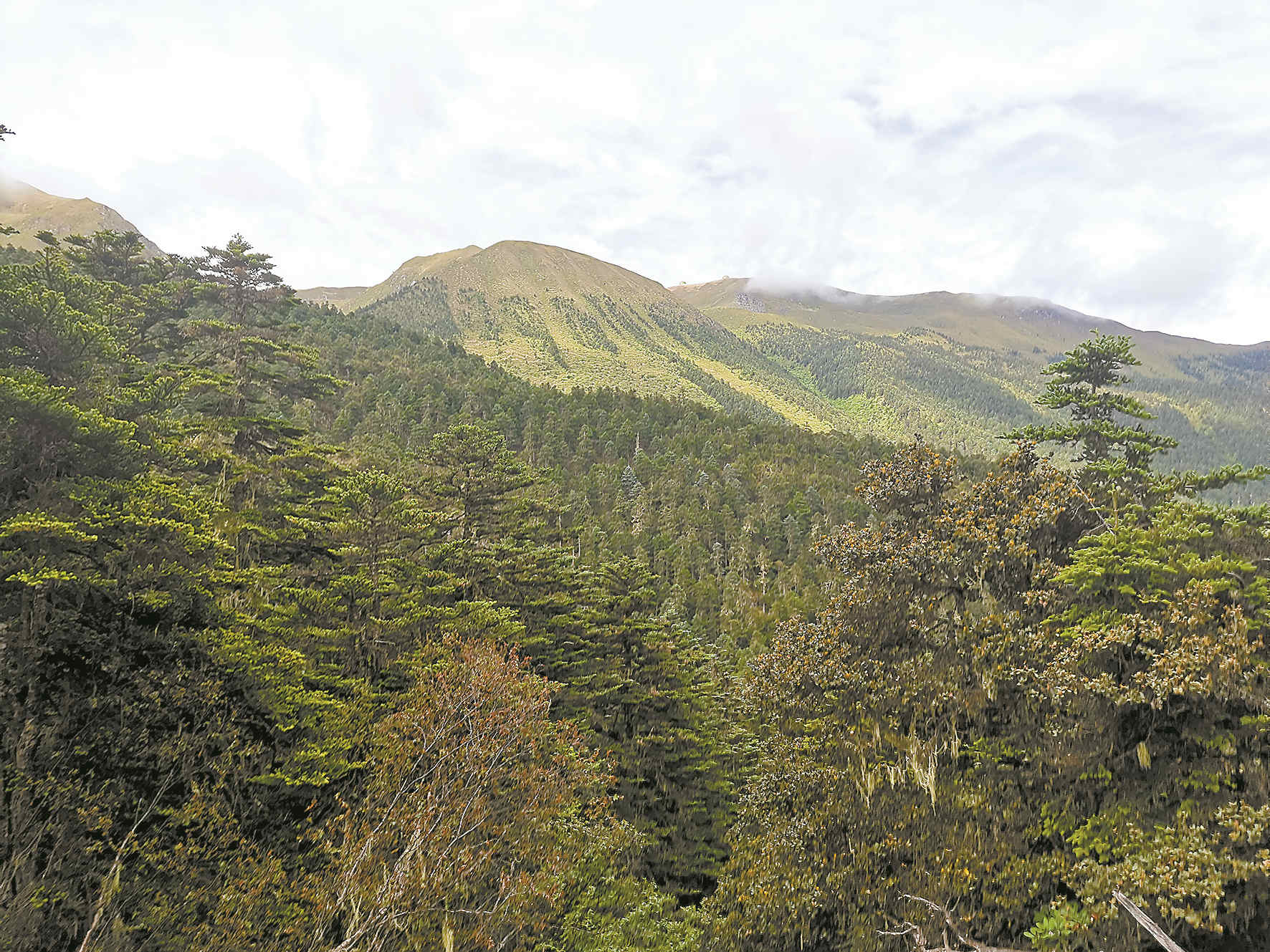
Photo courtesy of Tibet Forestry Bureau of coniferous and broad-leaved mixed forest in Gaoligongshan Mountain
Construction of Tibet National Park
Attach great importance to it for a long time. In 2014, Tibet started basic work such as scientific investigation and resource investigation in the areas of Mount Everest and Qiangtang. In 2021, the Tenth Party Congress of the Autonomous Region proposed to "strive to build two national parks, Mount Everest and Qiangtang, consolidate the good momentum of developing one of the regions with the best ecological environment in the world, and strive to make the construction of ecological civilization at the forefront of the country". Wang Junzheng, secretary of the Party Committee of the Autonomous Region, has successively given instructions such as "actively promoting the construction of Qiangtang National Park, effectively protecting the source of rivers and the water tower of Asia", "deepening the construction of Mount Everest National Park, strengthening the protection of glaciers" and "accelerating the construction of national parks such as Tangbei area of the Three Rivers, Qiangtang and Mount Everest". Tibet has vigorously promoted the construction of national parks, and all work has been comprehensively promoted. At present, the construction of Sanjiangyuan National Park is accelerating, and the candidate areas of Qiangtang and Everest National Parks have been approved by the national reply.
Top-level design, multi-party promotion. Organized and compiled the Demonstration Report of roof of the world National Park Group in Tibet, made the Decision on Establishing a National Demonstration Zone for Ecological Civilization Construction and Accelerating the Construction of Beautiful Tibet, promulgated the Regulations on Ecological Civilization Construction in Xizang Autonomous Region, and issued a series of institutional documents such as Xizang Autonomous Region’s Implementation Opinions on Establishing a Nature Reserve System with National Parks as the Main Body. With the cordial care of the CPC Central Committee and the strong support of the relevant state departments, the administrative areas of Qinghai Province and the areas related to the actual use and management of Xizang Autonomous Region, north of Tanggula Mountain, were included in the scope of Sanjiangyuan National Park, and the mechanism of "unified planning, unified policies, separate management and separate responsibility" was innovatively implemented in the two provinces of Qinghai and Tibet, which greatly promoted the implementation of the overall ecological protection, system restoration, comprehensive management and ecological enrichment project in this region.
Protection first, system governance. The tenth Party Congress of the autonomous region proposed to establish a nature reserve system with national parks as the main body and increase the protection of forests, wetlands and grasslands. Tibet adheres to the integrated protection, restoration and systematic management of mountains, rivers, fields, lakes, grass, sand and ice, strengthens the protection of important river sources and key river basins such as the Yangtze River, the Yarlung Zangbo River and the Nujiang River, maintains the authenticity and integrity of the key protected wildlife distribution areas such as Tibetan antelope and wild yak in China, implements the withdrawal of regional mining rights, and strengthens the management of the ecological environment, which has greatly promoted the protection of biodiversity in the Qinghai-Tibet Plateau.
Government-led, diversified investment. The finance of the autonomous region has arranged a total of 500 million yuan to build 92 high-standard management stations in Qiangtang and Everest, employ 930 professional managers of farmers and herdsmen, and arrange 50 million yuan for monitoring, supervision and ecological management every year. Guangdong Changlong Group donated 100 million yuan in five years, and successively implemented the capacity improvement projects of Tibet Tibetan Antelope Research Center and 73 management stations in Qiangtang Nature Reserve. Tibet Amacang Foundation has equipped 780 professional managers of farmers and herdsmen in Qiangtang with winter patrol clothes. Vanke Public Welfare Foundation has invested more than 10 million yuan to carry out snow leopard monitoring in Mount Everest Reserve. The autonomous region has also implemented a series of major projects, such as returning grazing to wild areas, ecological environment protection and restoration, wetland protection and restoration, compensation for damage caused by wild animals, improvement of wildlife habitats, and establishment of ecological poverty alleviation posts, and gradually formed a government-led and multi-party fund investment mechanism for national park construction and management, which has achieved positive results.
Innovate means and strengthen monitoring. Tibet cooperated with a number of scientific research institutes and adopted advanced technical means. Over the past 10 years, more than 500 people went deep into Qiangtang area for 24 times, wearing 15 sets of satellite tracking collars, installing 2 sets of high-definition intelligent spherical cameras and more than 200 infrared cameras for Tibetan antelope population. The preliminary study revealed the migration law of Tibetan antelope in Qiangtang. The largest delivery room of Tibetan antelope was found, with a population of more than 100 thousand; The drone photographed 60,000 Tibetan antelopes migrating. For the first time, snow leopard monitoring and research were jointly carried out in Everest Nature Reserve, and the continuous monitoring time was 6 years. The survey results show that the suitable habitat area of snow leopards in the candidate area of Mount Everest National Park is about 11,100 square kilometers, and the estimated number of snow leopards is 106-114. In the candidate areas of national parks such as Qiangtang and Everest, scientific research monitoring and evaluation were first carried out.
Pay attention to the platform and increase publicity. Tibet has cooperated with mainstream media such as CCTV to carry out a large-scale scientific research report on "We and Tibetan antelope" for 10 consecutive years, and presented the scene of Tibetan antelope migration and calving to the world audience by more than 200 live broadcasts and recordings. In cooperation with Beijing Forestry University, Vanke Public Welfare Foundation, etc., China introduced the multi-party cooperation mechanism between reserve management bureau, public welfare foundation and scientific research team in snow leopard protection at international snow leopard protection academic conferences such as Kazakhstan and Kyrgyzstan, and global snow leopard and ecosystem. Many times in the "International Snow Leopard Day" public welfare publicity activities, the achievements and progress in the protection of snow leopards on Mount Everest were introduced, and publications such as Little Snow Leopard: Friends of Snow Mountain and Mount Everest: Little-known Secret of Life were published.
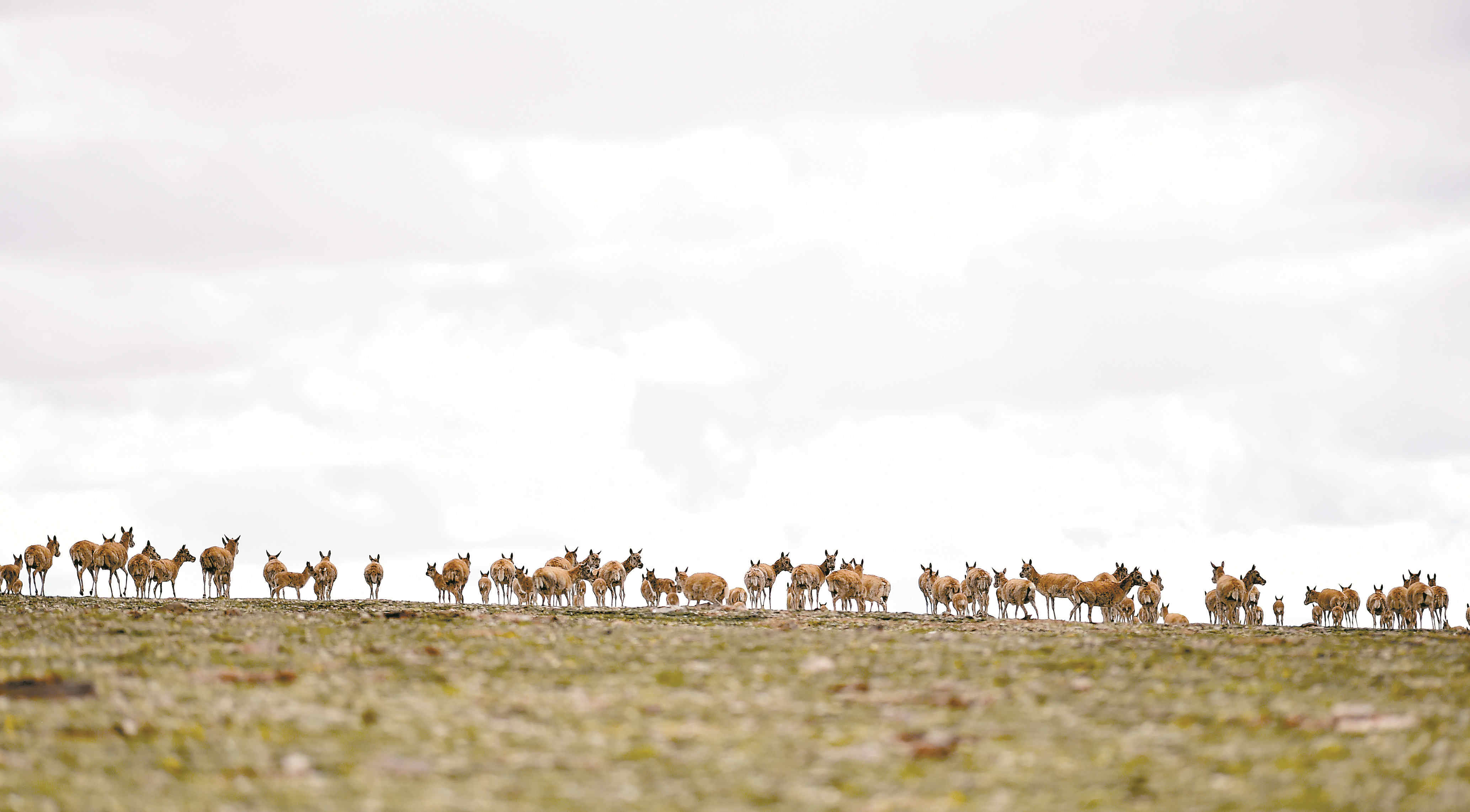
Tibetan antelope Xinhua News Agency reporter Jue Guo photo
The future of Tibet National Park
Improve the political position and gather together the national ecological protection strategy. The autonomous region regards the construction of national parks as "the biggest in the country", and as an important part of the construction of ecological civilization, it strives to make Tibet’s contribution to safeguarding the ecological security of the country, protecting the roof of the world, the water tower of Asia, the roof of the world of the earth, and building a national ecological security barrier.
Focus on protection objectives and establish and improve the ecological system. According to the functional orientation, protection objectives, management principles and management subjects of national parks, study and formulate laws and regulations that are compatible with national park laws and regulations, combined with reality, and matched with protection and management tasks, so as to provide institutional guarantee for ecological protection, construction management and ecological enrichment of national parks.
Innovate the development mechanism and gradually realize standardization. Adhere to the principle of natural restoration, give necessary artificial promotion, strengthen the protection site, patrol road network, monitoring and control, emergency relief, forest and grassland fire prevention, pest control, wild animal epidemic monitoring, prevention and control, protection and management facilities construction, establish and improve high-tech monitoring means, promote the informationization and intelligence of protection patrol monitoring, and gradually realize standardization and standardization.
Based on protection and construction, vigorously implement the ecological enrichment project. The candidate areas of national parks in Tibet are located in glacier snow-capped mountains, river headwaters, lakes and marshes, grassland forests, Gobi deserts and areas rich in animal and plant resources. These places are difficult in conditions, location and development. Combined with the construction of national parks, people who have the ability to work will be transformed into ecological rangers on the spot and get paid for their work in ecological protection. Adhere to the ecological protection first, coordinate the relationship between protection and development, moderately carry out eco-cultural tourism, let the people eat eco-food and embark on the road of getting rich in participating in ecological protection construction, and realize the unity of ecological protection, green development and improvement of people’s livelihood.
Innovate the construction mode and continuously enrich the connotation of ecological aid to Tibet. Tibet’s national parks are expected to rank among the top in the country. In addition, Tibet’s harsh natural environment, lack of talents and backward technology have shortcomings and weaknesses in fulfilling the responsibilities of ecological protection and restoration, supervision and management, scientific research and monitoring, and publicity and education of national parks. Exploring and expanding the new mechanism of group aid to Tibet, and effectively increasing the introduction of talents and counterpart support will help to further accelerate the construction of national parks in Tibet, which is of great practical significance for making national parks an important strategic place to build a national ecological security barrier, an important demonstration place to achieve harmonious coexistence between man and nature, an important experimental place to promote green development, an important exhibition place to highlight nature protection, and an important pioneer place to realize ecological enrichment. (Zongga)
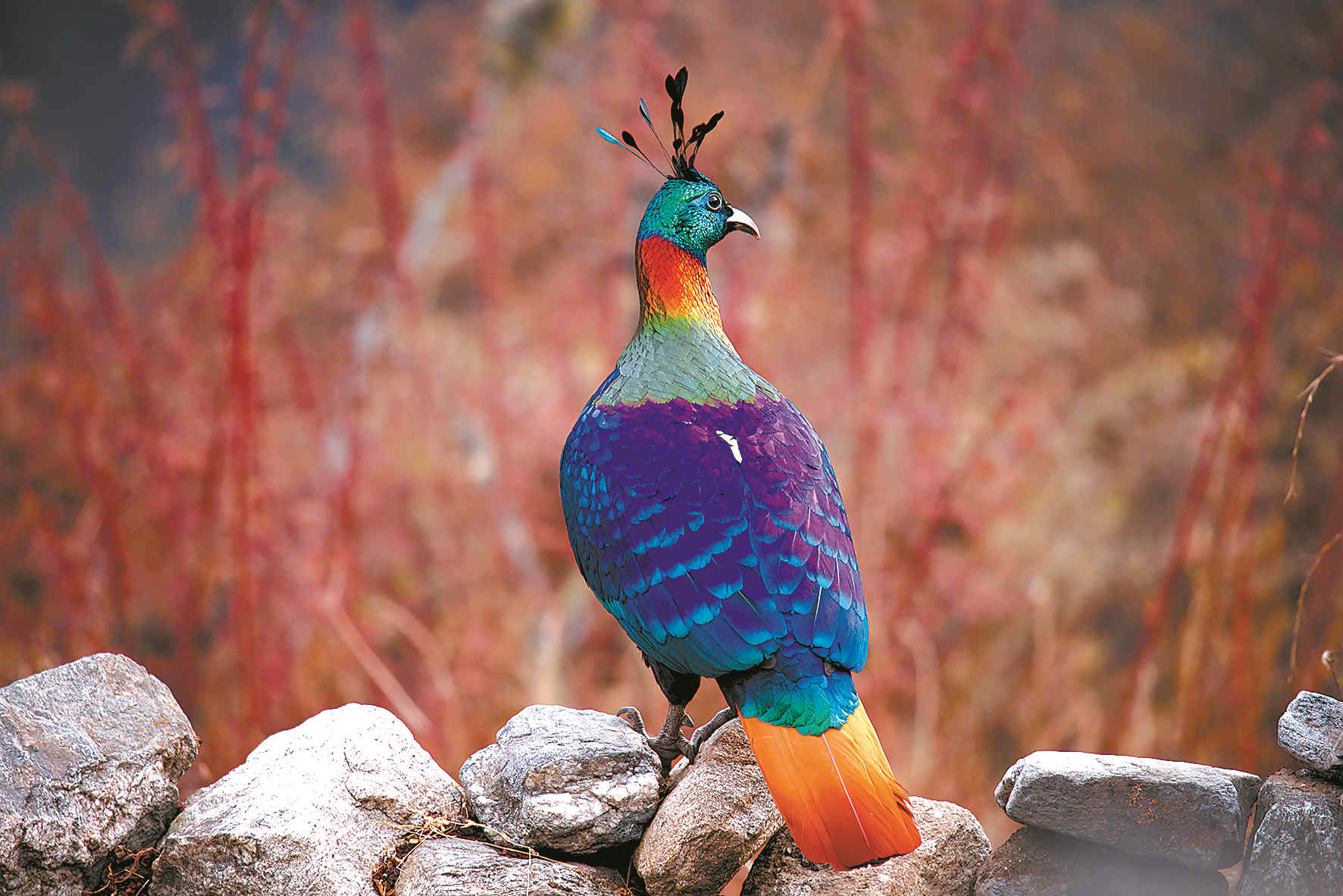
Photo by Dong Lei, a national first-class protected wild animal, the brown-tailed rainbow pheasant.